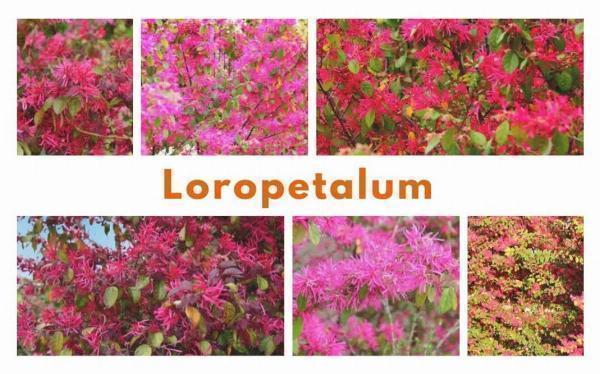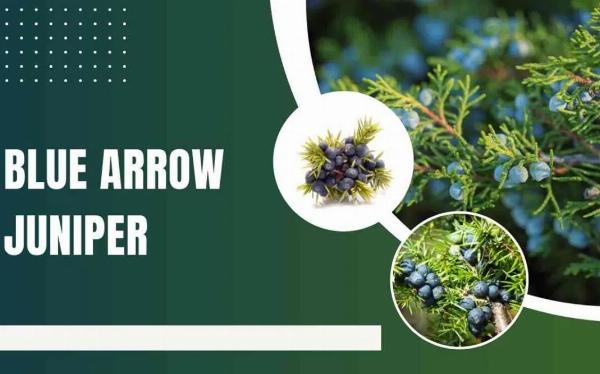Loropetalum: A Guide to Growing and Enjoying This Versatile Shrub

Strong 8k brings an ultra-HD IPTV experience to your living room and your pocket.
Title: Loropetalum: A Guide to Growing and Enjoying This Versatile Shrub
Loropetalum, also known as Chinese fringe flower, is a versatile and visually striking shrub that can add a pop of color and texture to any garden or landscape. With its vibrant foliage, unique flowers, and easy maintenance, it's no wonder that loropetalum has become a favorite among gardeners. In this guide, we'll explore everything you need to know about growing and enjoying this beautiful plant.
**1. Understanding Loropetalum:**
Loropetalum is native to China, Japan, and Southeast Asia and belongs to the witch hazel family (Hamamelidaceae). It is prized for its stunning foliage and clusters of spidery flowers that bloom in shades of pink, red, or white, depending on the variety. The foliage ranges from deep burgundy to bright green, adding visual interest throughout the year.
**2. Choosing the Right Variety:**
There are several varieties of loropetalum available, each with its unique characteristics. When selecting a variety for your garden, consider factors such as mature size, flower color, and foliage type. Popular varieties include 'Ruby', 'Burgundy', and 'Zhuzhou Fuchsia', each offering its own distinct appeal.
**3. Ideal Growing Conditions:**
Loropetalum thrives in well-drained soil and prefers a location with full to partial sun. While it can tolerate a range of soil types, it performs best in slightly acidic soil. Ensure proper drainage to prevent waterlogging, as loropetalum is susceptible to root rot in overly wet conditions.
**4. Planting and Maintenance:**
When planting loropetalum, dig a hole that is twice the width of the root ball and of equal depth. Backfill the hole with soil mixed with compost or organic matter to improve soil fertility and drainage. Water the plant thoroughly after planting and mulch around the base to conserve moisture and suppress weeds.
Regular pruning is essential to maintain the shape and size of loropetalum and encourage vigorous growth and flowering. Prune in late winter or early spring before new growth emerges, removing any dead or diseased branches and shaping the plant as desired.
**5. Watering and Feeding:**
While loropetalum is drought-tolerant once established, regular watering is necessary, especially during periods of prolonged drought. Water deeply but infrequently, allowing the soil to dry out slightly between waterings. Apply a balanced fertilizer in early spring to promote healthy growth and abundant flowering.
**6. Pests and Diseases:**
Loropetalum is relatively resistant to pests and diseases, but it may occasionally encounter issues such as aphids, scale insects, or fungal diseases like powdery mildew. Monitor the plant regularly for signs of infestation or disease, and treat promptly with insecticidal soap or fungicide if necessary.
**7. Landscape Uses:**
Loropetalum is incredibly versatile and can be used in a variety of landscape settings. It works well as a specimen plant, accentuating its unique foliage and flowers, or as a hedge or border plant for added privacy and structure. Additionally, loropetalum can be grown in containers on patios or balconies, bringing color and texture to small spaces.
**8. Enjoying Loropetalum:**
Whether used as a focal point in the garden or as part of a mixed border, loropetalum never fails to impress with its vibrant colors and graceful form. Its long-lasting flowers attract pollinators like bees and butterflies, adding life and movement to the garden. Sit back, relax, and enjoy the beauty of loropetalum as it brightens up your outdoor space throughout the seasons.
In conclusion, loropetalum is a versatile and low-maintenance shrub that deserves a place in any garden or landscape. With proper care and attention, it will reward you with years of beauty and enjoyment. So why not add a touch of color and elegance to your outdoor space with this stunning plant?
Note: IndiBlogHub features both user-submitted and editorial content. We do not verify third-party contributions. Read our Disclaimer and Privacy Policyfor details.







